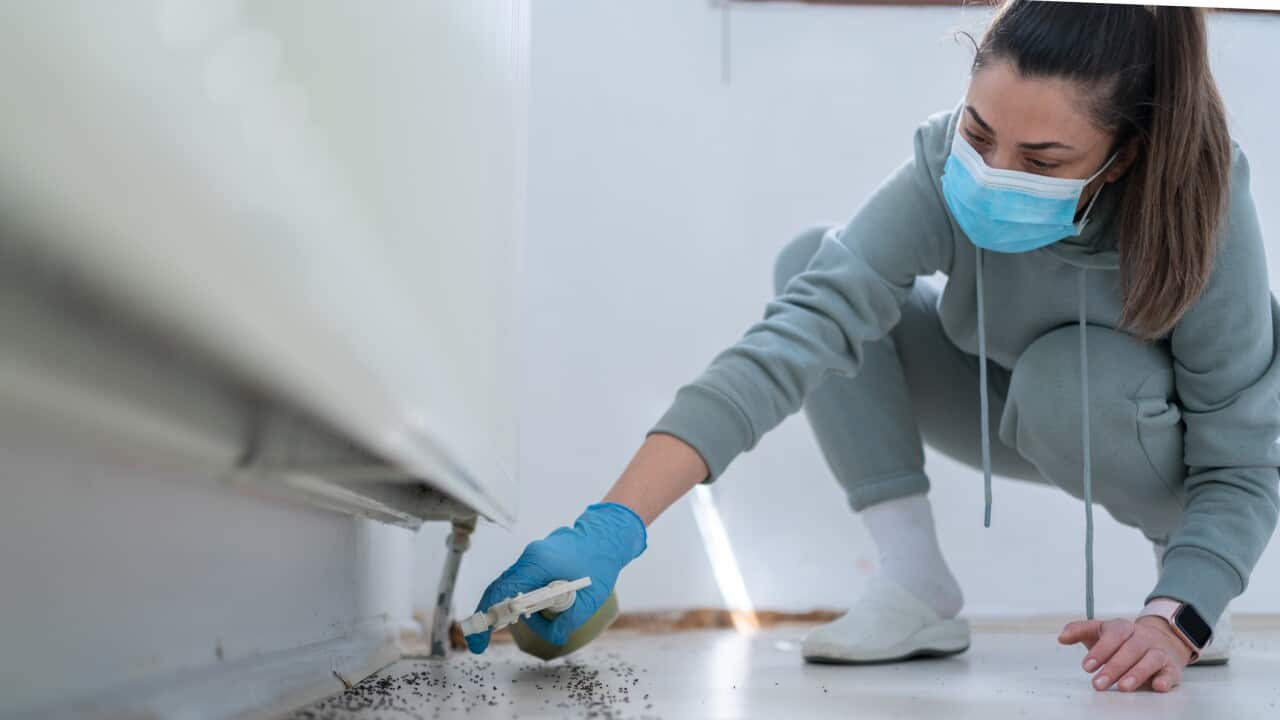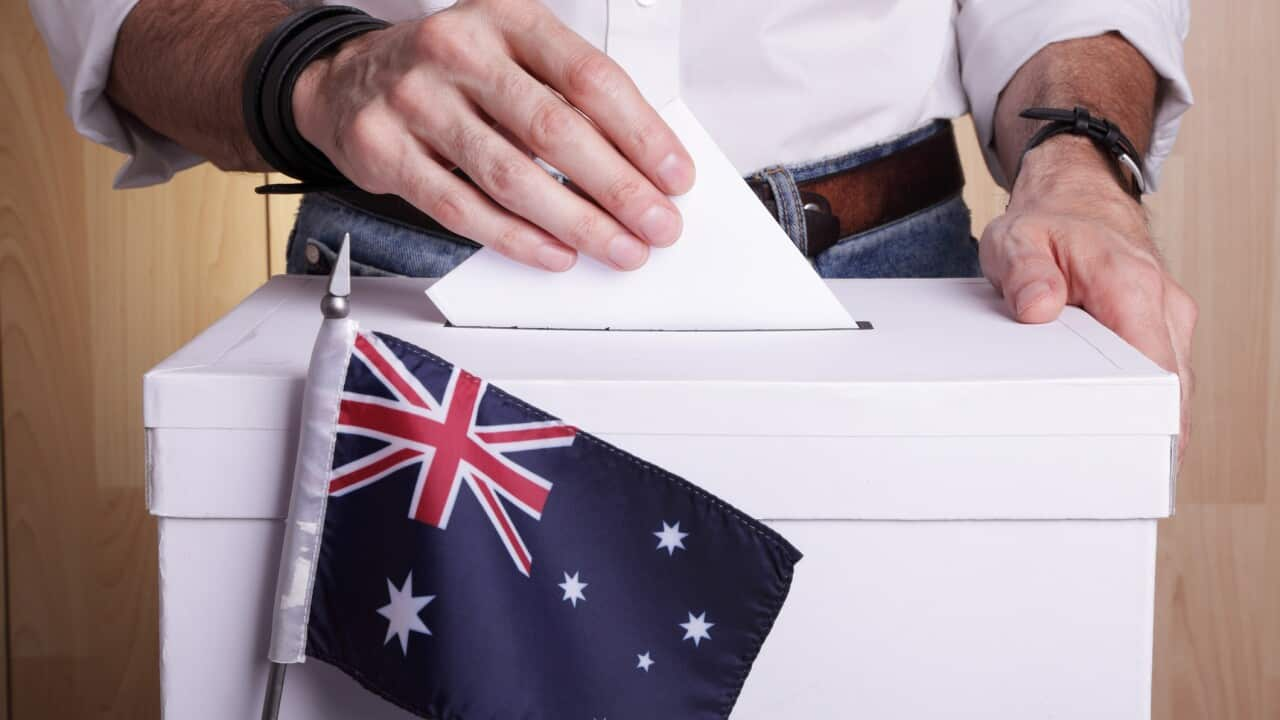Key Points
- Solar energy is becoming increasingly popular in Australia, with 30 per cent of homes now utilising it.
- Both landlords and tenants have the option to install solar power; however, tenants may find it less advantageous, as the costs are difficult to recoup within a shorter timeframe.
- Rebates and schemes are available in different Australian states and territories.
In the 2021-22 period, solar and wind energy generation in Australia surpassed household electricity consumption for the first time,
This highlights the growing significance of renewable energy sources in meeting the country's power needs and reflects the broader shift towards sustainable energy practices.
The benefits
Solar energy has also been identified as a more cost-effective option compared to conventional electricity.
Dr Archie Chapman, an Associate Professor at the University of Queensland's School of Electrical Engineering and Computer Science, specialises in this area. He says it is not only cheaper but also reduces pressure on the grid.
“The solar energy has a few benefits. It is a benefit to the individual who install solar on their home because they can save you money. It can provide power to your home load, that’s your devices in your home that use electricity, instead of you having to purchase power from the grid."
Mr Chapman outlines the additional benefits of switching to solar energy.
"There are two other benefits. One, is that the local distribution Network, that's the poles and wires that run down the Suburban streets in Australia, they suffer from congestion and having more power produced locally helps to reduce congestion particularly on really hot days or days of big load.”
Secondly, solar energy not only saves money but there is also a benefit of contributing a cleaner way to generate electricity. Energy Australia states that coal contributes to 60 per cent of energy production in Australia.
“[Power] generation in Australia is still largely provided by coal-fired power station and anything we can do to offset the use of coal-fired power is a good thing in terms of the effects of carbon emissions on climate change.”
Stan Krpan, CEO of Solar Victoria, notes that after a long reliance on coal, Australia is now transitioning towards solar energy.
“We are in the middle of a transformation to renewable energy. The Australian government has committed to 82 per cent of our energy coming from renewable energy sources by 2035. So only a matter of 10 or so years from now.”
The widespread adoption of rooftop solar panels has surged, making solar energy a key contributor to the country's energy landscape.
“Roof top solar is now existing in four million Australian home, that's about 30 per cent of freestanding homes,” he explains.

Both landlords and tenants have the option to install solar power; however, tenants may find it less advantageous, as the costs are difficult to recoup within a shorter timeframe. Credit: Cavan Images / Robert Niedring p/Getty Images/Cavan Images RF
Who can install Solar?
Mr Krpan says that usually it's the homeowners who install solar panels in a property, allowing tenants to benefit from the renewable energy generated.
“In most cases, the person who owns the home is installing the solar, but there are rebates and incentives, certainly in Victoria and some other states, that incentivise landlords. So, people who own a home but might rent it out to somebody else, to install rooftop solar and then obviously the electricity that's generated, benefits the tenant.”
Mr Krpan adds, since the cost of solar panels cannot be recouped in a short period, it's generally not recommended for tenants to install them.
“It's not generally something that is done for the tenant to install at their own expense. And that's because it's going to take a few years for the power that's generated to pay for the system itself and so depending on what the arrangements are for the renter, it's not necessarily guaranteed the rent is going to be in that home for that long so that they take the full benefit of the electricity.”

Rebates and schemes are available in different Australian states and territories. Source: Moment RF / owngarden/Getty Images
What rebates are available?
It is recommended that you research government websites to find out about available rebates and incentives for installing solar energy at your home. The commonwealth government has website to help you find the right rebate.
For example, Solar Victoria provides a rebate of $1,400 for rooftop solar. They also provide an additional interest free loan for up to four years and that's regardless of whether you own or rent the property. They can also provide another interest-free loan of $8,800 to purchase a solar home battery.
Mr Krpan explains that other Australian states offer similar programs.
“In New South Wales... South Australia [and] Queensland there are equivalent incentive schemes, but you'll need to do your own research obviously in in each of those States.”
As the world progresses towards decarbonisation, the goal of achieving net-zero emissions by 2050 has become a central focus for many nations, including Australia.
This commitment, aligned with the Paris Agreement, mandates significant reductions in carbon emissions across various sectors of the economy.
“In electricity, there's been significant transformation over the last 10 or 15 years from coal and other sources of energy including gas for electricity to renewable energy sources. We're currently at about 30 per cent nationally and that will increase to 82 per cent of electricity coming from renewable energy sources by 2035 under the Commonwealth government's commitments,” Mr Krpan explains.
For your state, please visit the below links:
Subscribe or follow the Australia Explained podcast for more valuable information and tips about settling into your new life in Australia.










